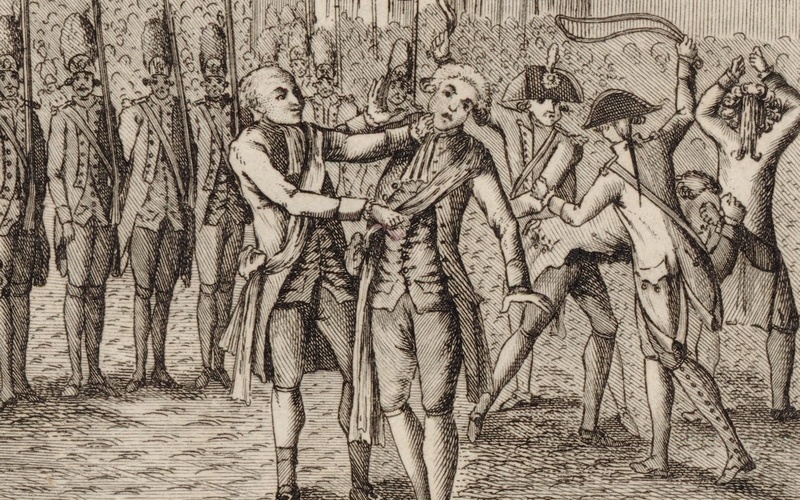
Causes of the Revolution
The origins of the French Revolution can be traced back to four revolutionary movements in the latter part of the 18th century. These movements shook French society and royal power to their foundations.

1 of 6
The first revolution was the aristocratic revolution. The aristocrats wanted to protect and extend their privileges. With the support of parliaments and the Assembly of Notables, they opposed the Crown’s attempts to withdraw part of their fiscal privileges. The aristocrats called for a meeting of the representative body of the Estates-General. This led to the outbreak of the bourgeoisie revolution.
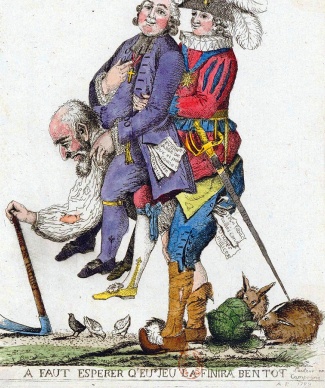
2 of 6
The bourgeoisie leaders also declared themselves the leaders of the Third Estate. They could not accept that the first two estates had more votes. Thus, the fight against the aristocrats was started. The bourgeoisie fought for equal rights and for the removal of the privileges enjoyed by the nobles and clergy. They demanded a system where promotion to high positions would be earned by merit, not by a person’s background. Taxes should be paid at the same rates by everyone, and all should be equal before the law.

3 of 6
The fourth revolution was that of the peasants. It was sparked by the economic crisis and poor harvests. The peasants fought for the abolition of feudal obligations and taxes. The National Assembly tried to end it with the August decrees, but without success.
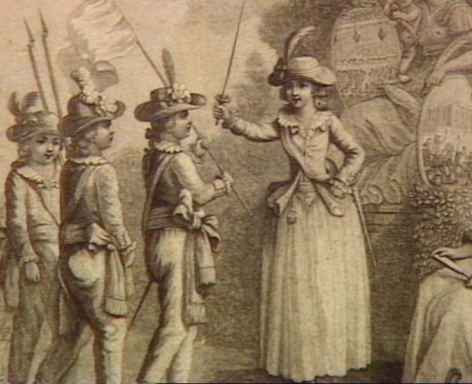
4 of 6
The bourgeoisie supported the aristocracy in its resistance against ministerial despotism up until the moment when the Parisian Parliament decided to form the Estates-General, a representative assembly of the French population. The format of this assembly meant that the two privileged estates, the clergy and the nobles, would have a greater number of votes than the third estate, which was made up of the bourgeoisie, the peasants and the laborers, who together formed the majority of the population. The third estate opposed the Parliament’s decision, thus ending its support for the aristocracy.
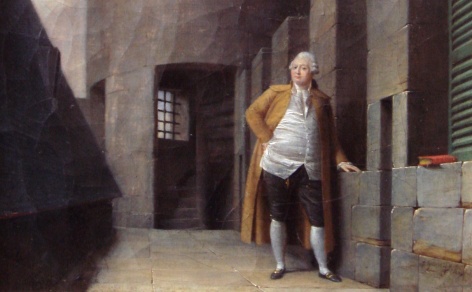
5 of 6
The bourgeoisie needed the support of the Parisian population in their fight against the king and the privileged estates, who banded together in their resistance against the bourgeoisie attack.
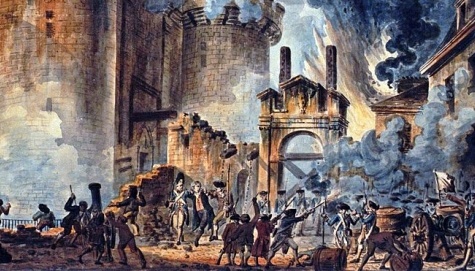
6 of 6
The popular revolution was the third revolution. It was generated by the economic crisis and the increase in the price of bread. The king tried to forcibly dissolve the National Assembly, the new form of the Estates-General. He was prevented by the insurrection of the poor population made up of the craftsmen and laborers of Paris. The uprising ended with the Fall of the Bastille, which saved the National Assembly and ensured the success of the revolution.
The French government became bankrupt due to the very expensive wars it had been involved in for 20 years, such as: The Austrian War of Succession, The 7 year war and The American War for Independence. Financial failure was evidenced by a deficit of almost one-quarter of the total income of the crown. This deficit led to an increase in national debt, caused by large loans.
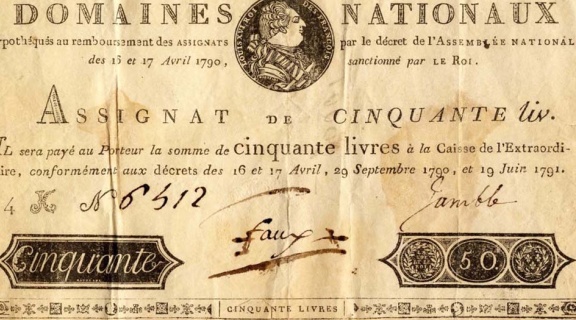
1 of 5
Some historians believe that the main cause of the French crisis was the structure of the financial system. Part of the money raised by taxes never made it to the king’s treasury. Unless control was reestablished over finance, there could be no fundamental reform. The deficit couldn’t be reduced even if the nobility and the clergy, who enjoyed privileges and exemptions, had paid taxes.
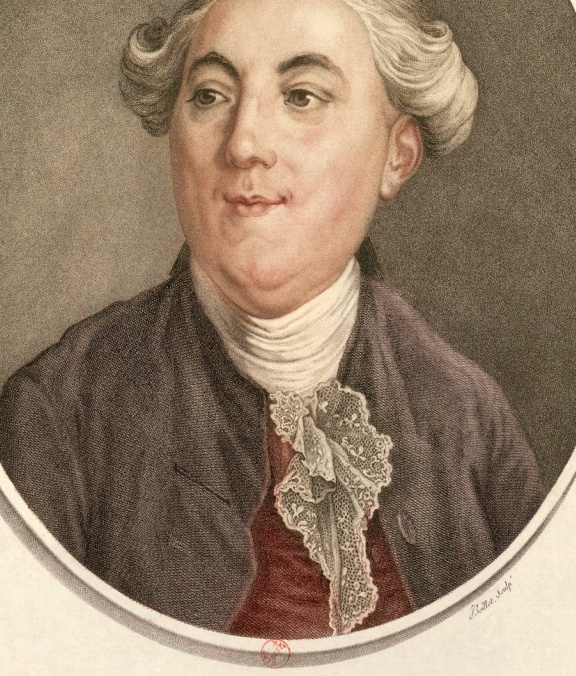
2 of 5
During the American War, Jacques Necker, a protestant banker from Geneva, was appointed General Director of Finances. He knew the financial system and managed to obtain loans to cover the costs of the war. However, he had to agree to pay high rates of interest in order to convince investors to lend. The crown’s debts grew. 50% of all income was used to pay interest.
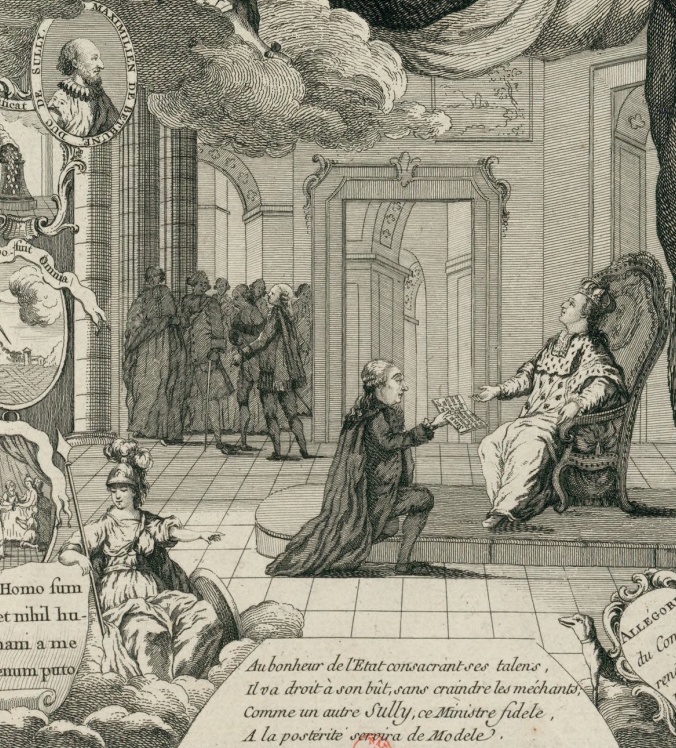
3 of 5
Jacque Necker wrote Report to the king in order to assure the creditors that the interest payments on their loans were guaranteed. This was the first public declaration of royal finances, and produced a sensation. Normal expenditure during times of peace was listed separately from war expenditure. He tried to obtain control over the greatest consumers of funds, the war ministry and the marine ministry, and asked for a seat in the royal council. The other ministers threatened to quit. The king was not able to support his reforming minister, and Necker was dismissed.
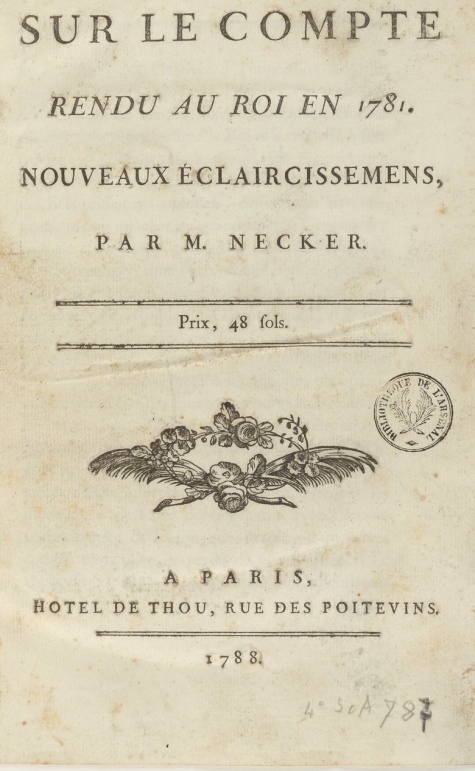
4 of 5
The general director of the king’s finances, Jacques Necker, published the work called Compte rendu au roi, ‘Report to the king,’ which showed a financial surplus. In reality, though, there was a deficit. The general controllers were no longer able to raise taxes in time of peace, since Necker had survived a costly war without tax increases. In order to gain control over the king’s finances, he proposed replacing the independent financiers, who had purchased their positions, with salaried workers whom the general controller could appoint and remove from office. In this way, he managed to cleanse the system of the most influential general tax officials. He started work on creating a central treasury into which all taxes would be paid, and from which all expenditures made.
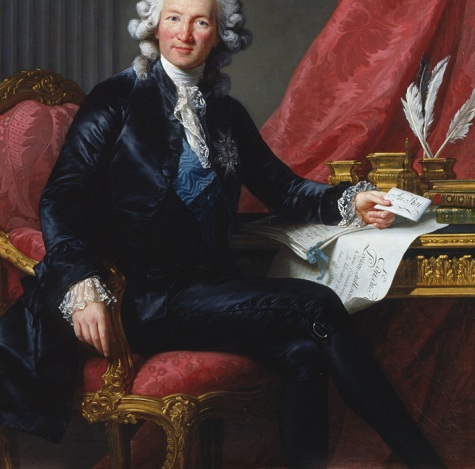
5 of 5
Calonne and other finance ministers undid all of Necker’s accomplishments. They brought the avaricious noble-born financiers back to their old positions. Joly de Fleury and Calonne, the new general directors of state finances, obtained greater loans than Necker.
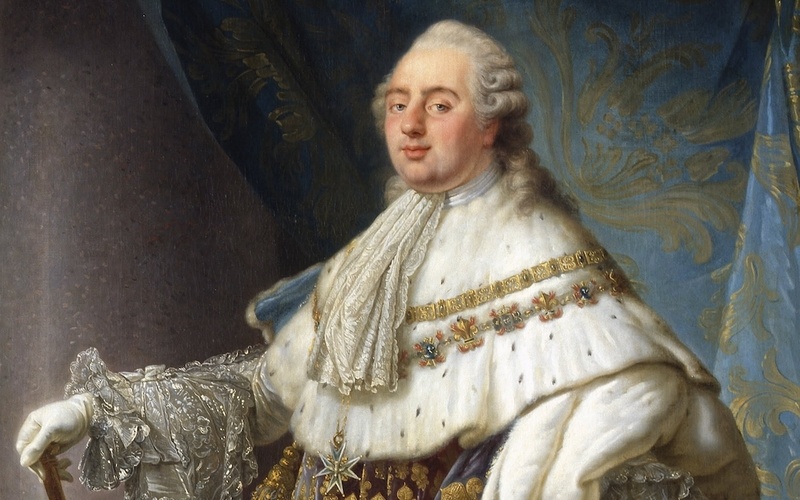
The Old Monarchic Regime
The French Monarchy, Louis XVI of Bourbon and Marie Antoinette Josepha Johanna ďAutriche Lorraine. The administrative Chaos and the French system of taxation
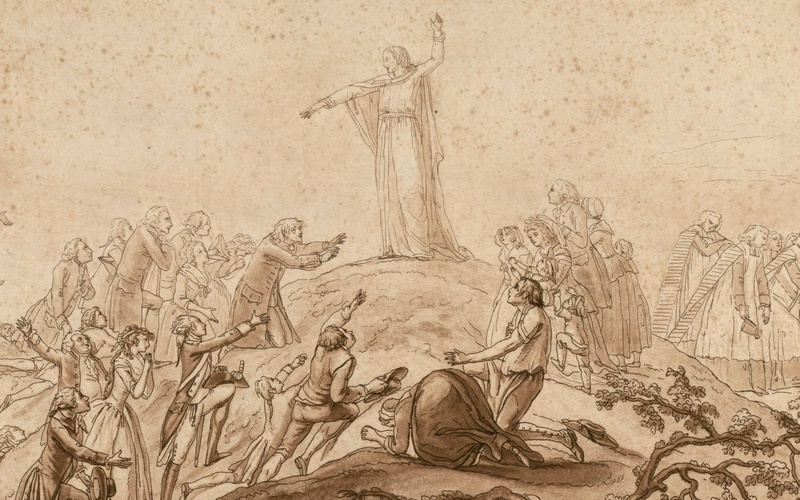
The influence of the Enlightenment on the Revolution
The Enlightenment and its era, transformation of the monarchy, apparition of Deism, new political and economic values in society, Enlightenment personalities, public opinion
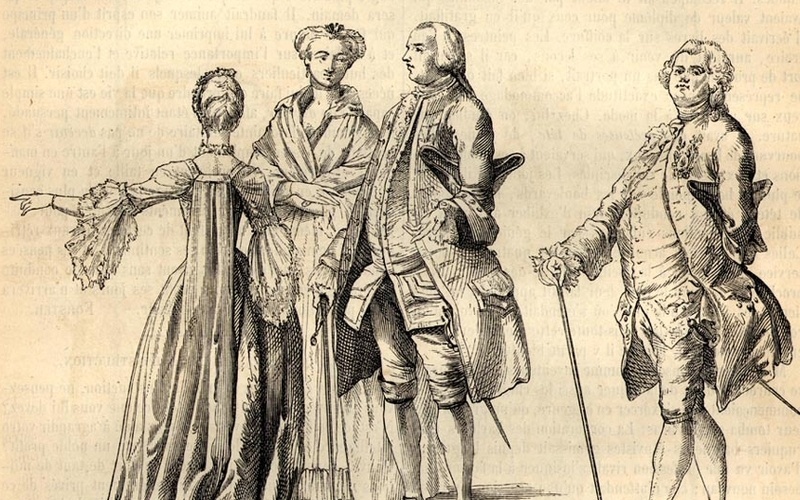
French Society
French society in the 18th century was divided into orders or estates. Clergy formed the first estate, nobles the second, while the third estate included the rest of the population, made up of the bourgeoisie, peasants and urban laborers.
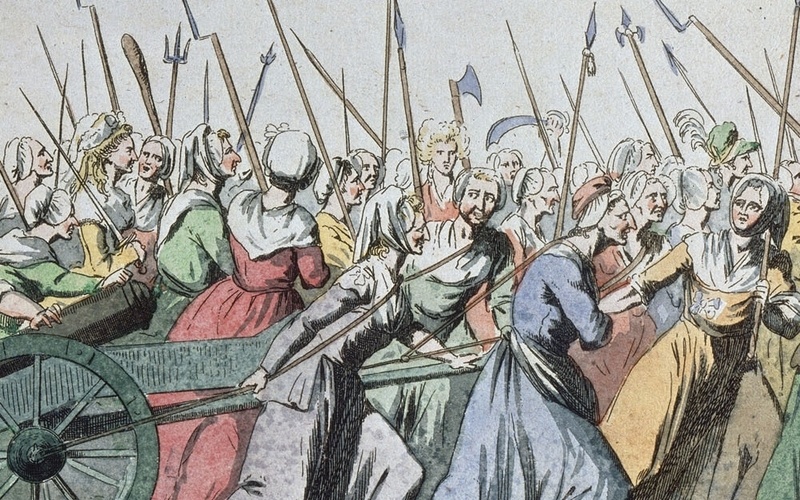
The revolution
Reforms of the Constituent Assembly, the declaration of the rights of man and of the citizen, conflict between the king and the National Assembly, secularization of church wealth, the Jacobin and the Cordeliers Club, the 1791 Constitution, Champ de Mars.
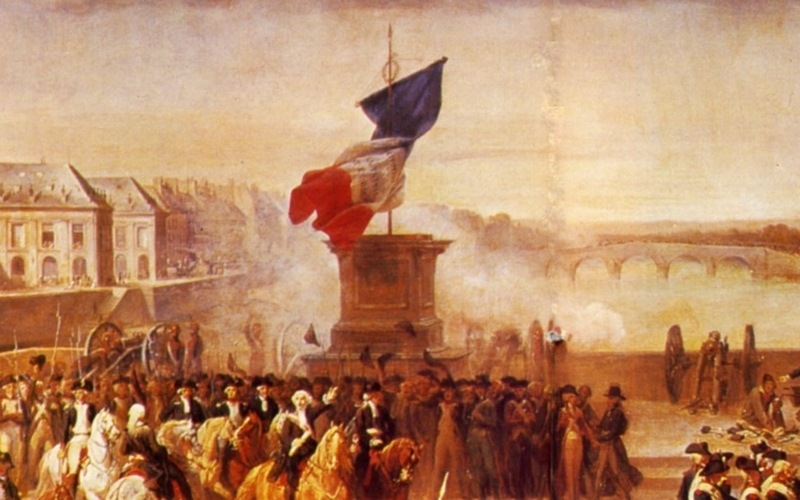
Removal of the monarchy and the Paris Commune
War-time fragility, La Fayette’s Revolt, the homeland in danger, inauguration of the Revolutionary Commune, the fall of the monarchy.
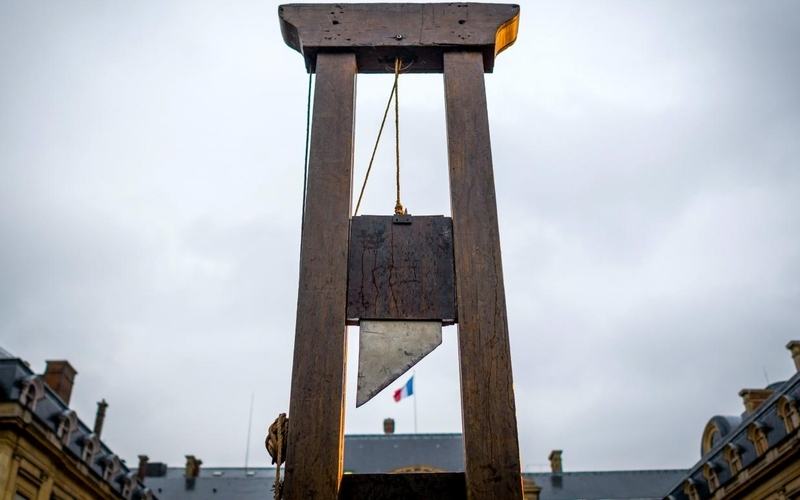
The revolutionary government and the Terror
The guillotine remains the symbol of the Terror. Power struggle: Girondist and Jacobins. September massacres. Trial of Louis 16th. Dechristianisation.
- Duncan Townson, Franţa în revoluţie, Ed. All Educaţional, Bucureşti, 2000
- coord. Cornelia Marinescu, Ilieş Câmpeanu, Enciclopedia Universală Britannica, Ed. Litera, Bucureşti, 2010, vol. 3, 10, 13
- Roberts J.M., Modern Historz, Ed. Duncan Baird Publishers, Londra, 2007
- Marinela Elena Bogdan





